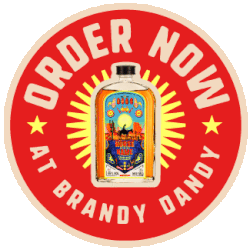When we think of cowboys, the hat is the first thing that comes to mind. This iconic headwear doesn’t originally come from North America, however; the cowboy hat is actually the trademark of Spanish cowherds, or vaqueros. Colonialism brought the garb to the gauchos of Argentina and the charros of Mexico. The United States’ occupation of the Mexican territories of Texas, New Mexico, and Alta California (1836-1846) then paved its way to the rest of North America. The first cowboys in what is now the U.S. were the Mexican charros, who began working for the new management after the previous landowners were dispossessed.
The classic American cowboy hat was first produced by John B. Stetson, the son of a Philadelphia hatter, in 1865. His material of choice was beaver felt, which is light, warm, somewhat water-resistant, and even a bit lustrous. These properties also make it quite pricey, which is why a real Stetson will now run you up to two thousand dollars. The most common form is the “Cattleman”, which features a hat band, a wide brim that curves upward at the sides, and three creases in the crown. Fun fact: The term “ten-gallon hat” has its roots in a misunderstanding. The Mexicans of the day described the expensive Stetson as a “sombrero tan galan” – a “very elegant hat”. Their English-speaking counterparts must have thought that “ten gallons” of hat sounded impressive enough!
the COWBOY HAT
When we think of cowboys, the hat is the first thing that comes to mind. This iconic headwear doesn’t originally come from North America.



